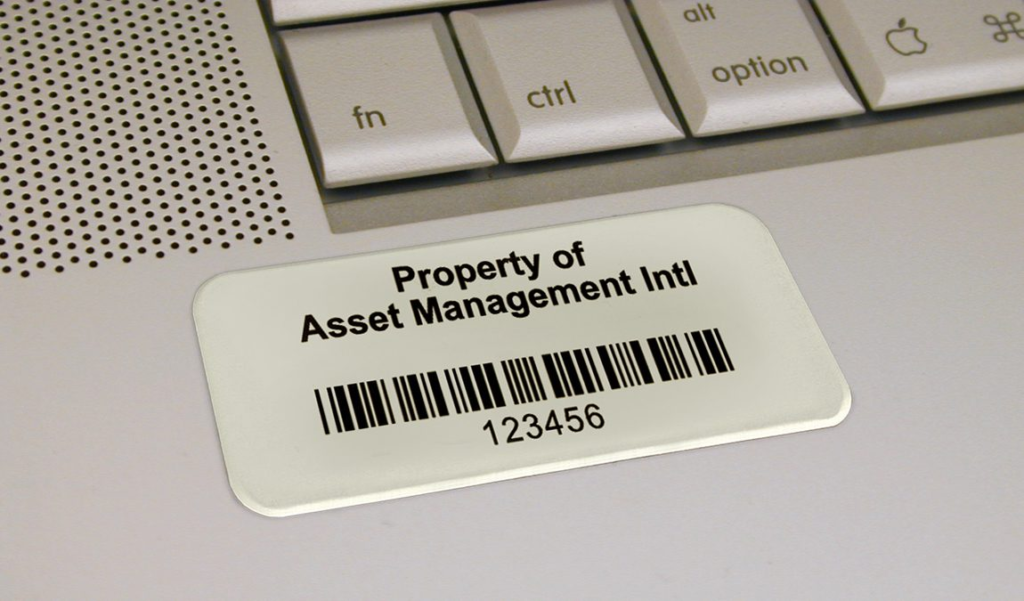When managing assets in any organization, keeping track of them is crucial. Asset tags play a significant role in this process. They help you identify, track, and manage your assets efficiently. But with so many options available, how do you choose the best asset tags for your organization? In this blog, we will guide you through the process of selecting the right asset tags, ensuring that you make an informed decision that suits your needs.
What Are Asset Tags?
Before diving into how to choose the best asset tags, let’s briefly discuss what they are. Asset tags are labels or stickers attached to physical assets. These tags usually have a unique identification number, barcode, or QR code that helps you track and manage your items. They can be made from various materials, including paper, plastic, or metal, and come in different sizes and shapes.
Importance of Asset Tags
Asset tags are essential for several reasons:
- Tracking: They help keep track of your assets, making it easier to locate items when needed.
- Inventory Management: Asset tags streamline the inventory process, ensuring accurate records.
- Theft Prevention: Visible asset tags deter theft and unauthorized use of your assets.
- Maintenance: They allow for better tracking of maintenance schedules for equipment and machinery.
Why Choosing the Right Asset Tags Matters
Selecting the right asset tags can significantly impact your organization’s efficiency. The right tags ensure that your tracking and inventory processes run smoothly. On the other hand, the wrong choice can lead to confusion, lost items, and inefficiencies. Here are some key factors to consider:
- Durability: Your asset tags should withstand wear and tear, especially if they are placed on equipment or items frequently used.
- Readability: The information on the tags should be easy to read, both visually and via scanning devices.
- Cost-effectiveness: While it’s essential to invest in quality tags, you also want to ensure they fit your budget.
Note – Don’t let valuable time and resources slip away! Discover how Asset Tags can transform your organization’s tracking and inventory management. Explore our range of durable labels and labelings designed to meet your specific needs.
Steps to Choose the Best Asset Tags
Now that we understand the importance of asset tags, let’s look at the steps you can follow to choose the best ones for your organization.
1. Determine Your Needs
Identify What You Are Tracking
The first step in choosing asset tags is to determine what types of assets you will be tracking. Are you tagging office equipment, tools, or inventory items? Knowing what you will be tagging will help you decide the type and material of the tags you need.

Assess the Environment
Consider the environment where your assets will be located. Will they be indoors or outdoors? Will they be exposed to harsh weather conditions, chemicals, or heavy use? Understanding the environment will help you select tags made from durable materials that can withstand the conditions.
2. Choose the Right Material
Types of Materials for Asset Tags
Asset tags can be made from various materials, each with its advantages:
- Paper: Cost-effective and suitable for indoor use, but may not hold up well in tough conditions.
- Plastic: More durable than paper, resistant to moisture, and can be used in various environments.
- Metal: Extremely durable and ideal for heavy machinery or equipment exposed to harsh conditions.
Choosing the right material is crucial for ensuring the longevity of your asset tags.
3. Decide on the Tag Size and Shape
Standard Sizes vs. Custom Shapes
Asset tags come in various sizes and shapes. Standard sizes work well for most applications, but custom shapes may be necessary for specific assets. Consider the space available on your asset for attaching a tag and choose accordingly.
- Standard Sizes: Commonly used and easy to find.
- Custom Shapes: May provide a unique look and fit for specific assets but could be more expensive.
4. Consider the Printing Method
Types of Printing
The printing method you choose will affect the readability and durability of your asset tags. Here are some common printing methods:
- Direct Thermal Printing: Good for short-term use but may fade over time.
- Thermal Transfer Printing: More durable and suitable for long-term use, as it can withstand various conditions.
- Inkjet Printing: Offers high-quality images but may not be as durable as thermal methods.
Select a printing method that aligns with how long you need the asset tags to last and the conditions they will face.
5. Select the Right Barcode or QR Code
Choosing Between Barcode and QR Code
Both barcodes and QR codes can be used on asset tags, but they have different capabilities:
- Barcodes: These are simpler and typically contain fewer details. They are widely used and easy to scan.
- QR Codes: These can hold more information and can be scanned by smartphones. They are great for providing additional details about an asset, such as maintenance records or user manuals.
Choosing between the two depends on the amount of information you want to include and how you plan to access that information.
6. Evaluate Cost and Quality
Budget Considerations
When selecting them, it’s essential to balance quality with cost. While it may be tempting to go for the cheapest option, investing in higher-quality tags can save you money in the long run. Durable tags that withstand wear and tear will require less frequent replacement, making them more cost-effective over time.
7. Test the Tags Before Full Implementation
Pilot Testing
Before rolling out them across your organization, consider conducting a pilot test. Choose a small group of assets and implement the tags to see how they perform. This will allow you to assess their durability, readability, and overall effectiveness in real-world conditions. Based on the results, you can make any necessary adjustments before full implementation.
Additional Tips for Successful Asset Tagging
- Training: Train your staff on how to use and maintain them effectively.
- Regular Audits: Conduct regular audits to ensure your asset tagging system remains accurate and up to date.
- Consider Integration: Look for them that integrate seamlessly with your existing inventory management software for better efficiency.
Conclusion
Choosing the best for your organization is a crucial decision that can affect your overall efficiency and asset management. By following the steps outlined in this blog, you can select tags that meet your specific needs and ensure a smooth tracking process. Remember to consider your environment, the type of assets you are tagging, and the durability and cost of the tags. With the right in place, you can improve your organization’s tracking capabilities and streamline your inventory management.
Take the time to evaluate your options, test the tags, and train your staff for the best results. Your organization will benefit greatly from effective asset management, leading to improved efficiency and productivity.
For more insightful articles related to this topic, feel free to visit financeguruzz.com




